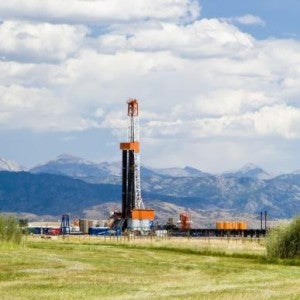Home energy bills are not something most people think about when it comes to military energy conservation. Most service members are unlikely to think about them either, especially those who live in military housing, which are communities on or near bases that are managed by private firms. For soldiers, sailors, airmen and Marines living in these communities, their Base Allowance for Housing (BAH) covers rent and utilities and is automatically taken out of their paychecks. While convenient and easy to manage, this system can have the negative, unintended consequence of removing responsibility for individual energy use – an issue of particular concern this time of year when temperatures are at their highest and air conditioners are working overtime.
For service members who do not live in privatized military housing, their BAH is not taken out of their paychecks, and they are responsible for paying rent and utilities. My husband and I lived off base at all of our duty stations and were responsible for paying our own bills. Although our BAH was specifically designated for these expenses, we conserved energy whenever possible to keep more money in our pockets. Read More











 By: Susannah Harris, 2014 Climate Corps Fellow
By: Susannah Harris, 2014 Climate Corps Fellow


